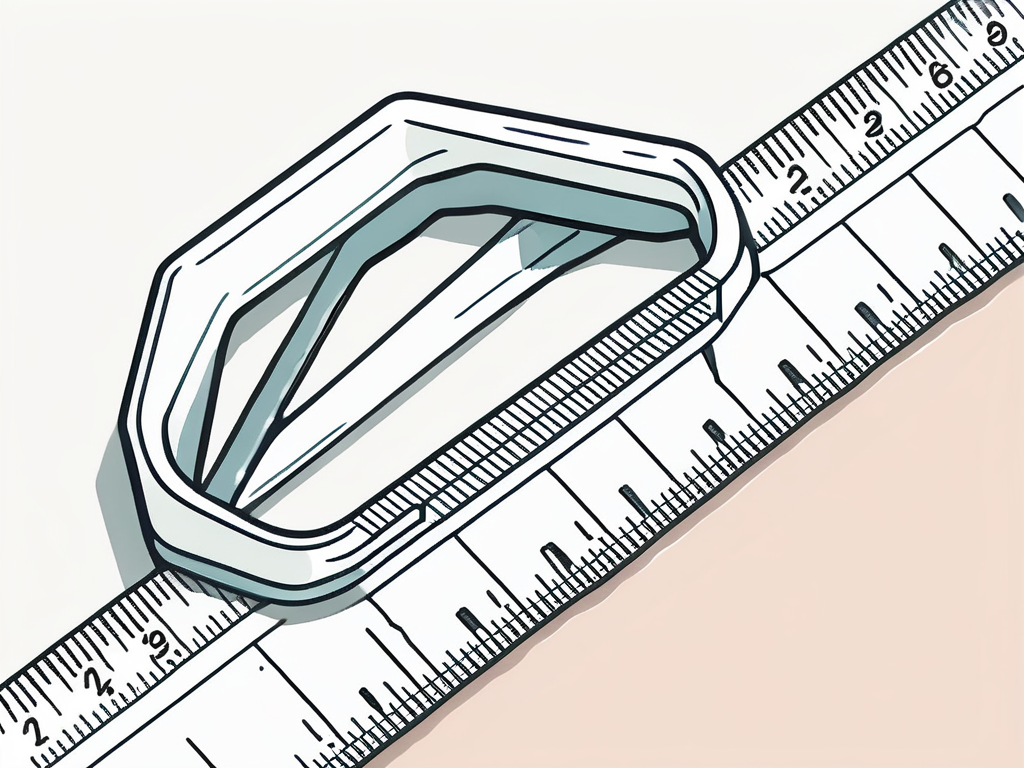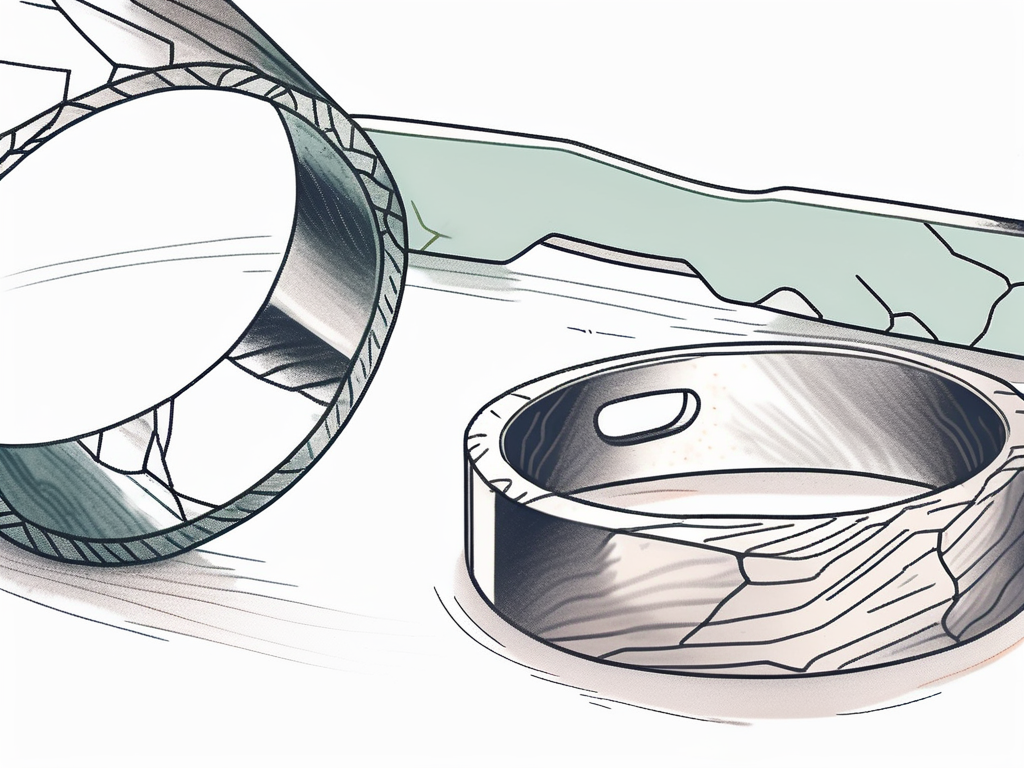Remi retainers, also known as removable retainers, play a crucial role in orthodontic treatment. They are custom-made appliances that help maintain the alignment and position of teeth after braces or other orthodontic procedures. Understanding the longevity of Remi retainers is essential for those who wear them, as it determines when they need to be replaced. In this article, we will delve into the factors affecting the durability of Remi retainers, their average lifespan, and important tips for their care and maintenance.
Understanding Remi Retainers
Let's delve deeper into the world of Remi retainers to gain a comprehensive understanding of their significance and functionality. Remi retainers, a crucial component of post-orthodontic care, play a pivotal role in maintaining the alignment of teeth following the completion of orthodontic treatment. Crafted from durable and hypoallergenic materials like plastic or acrylic, these retainers are meticulously designed to secure the teeth in their newly corrected positions while allowing for minor adjustments if required. Unlike fixed retainers that are affixed to the teeth, Remi retainers offer the convenience of easy removal by the wearer, enhancing comfort and oral hygiene maintenance.
What are Remi Retainers?
Remi retainers stand as bespoke orthodontic appliances tailored to meet the unique needs of each individual patient. The fabrication process commences with the creation of an impression of the patient's teeth post-orthodontic treatment. This precise mold serves as the foundation for crafting the removable retainer, ensuring a snug and customized fit that optimally supports the teeth in their corrected alignment.
The Purpose of Remi Retainers
At the core of their functionality, Remi retainers serve a fundamental purpose in preserving the outcomes of orthodontic interventions. Following the realignment of teeth through braces or other orthodontic devices, there exists a natural tendency for teeth to gradually revert to their original misaligned positions. By diligently wearing Remi retainers as prescribed by the orthodontist, patients can proactively combat this regression, safeguarding the integrity of their orthodontic treatment outcomes and preserving the investment made in achieving a harmonious and functional smile.
Lifespan of Remi Retainers
The lifespan of Remi retainers varies depending on several factors. Let's explore these factors to gain a better understanding of how long they typically last.

Factors Affecting the Durability of Remi Retainers
Several factors can influence the durability of Remi retainers. The material used, the wearer's oral habits, and the care given to the retainer all play a role in their longevity.
The material of the retainer can impact its lifespan. High-quality plastic or acrylic retainers tend to be more durable than those made from cheaper materials.
Another factor that affects the durability is the oral habits of the wearer. Chewing on the retainer, grinding teeth, or biting down excessively can cause wear and tear over time. It is crucial to avoid these habits to extend the lifespan of your Remi retainer.
Proper care of the retainer is also essential. Regular cleaning and maintenance will help prevent bacterial growth and ensure its longevity. Cleaning your retainer with a non-abrasive toothpaste or retainer cleaner and a soft-bristle toothbrush is recommended. Additionally, storing the retainer in a protective case when not in use can help prevent damage.
Furthermore, it is important to note that the environment in which the retainer is stored can also impact its lifespan. Extreme temperatures or exposure to moisture can affect the structural integrity of the retainer. Therefore, it is advisable to store the retainer in a cool, dry place to maintain its durability.
Average Lifespan of Remi Retainers
On average, Remi retainers can last anywhere from six months to two years. However, it is important to note that this is a general estimate and individual experiences may vary.
By understanding the factors that affect the durability of Remi retainers and taking proper care of them, you can maximize their lifespan and ensure the effectiveness of your orthodontic treatment. Remember, a well-maintained retainer not only helps maintain the alignment of your teeth but also contributes to your overall oral health.
Caring for Your Remi Retainer
To ensure the longevity of your Remi retainer, proper care and maintenance are essential. Let's explore some helpful tips for cleaning and storing your retainer.

Cleaning and Maintenance Tips
Regular cleaning of your Remi retainer is crucial to maintain its hygiene and effectiveness. After removing the retainer, rinse it under lukewarm water to remove any debris or food particles. Use a soft-bristle toothbrush and mild soap or retainer cleaning solution to gently brush the retainer, taking care not to damage the material. Avoid using hot water or harsh chemicals, as they can cause warping or discoloration.
In addition to regular cleaning, it is recommended to soak the retainer in a denture cleaning solution or a mixture of water and vinegar once a week. This helps remove any plaque or bacteria that may have accumulated and keeps the retainer fresh.
Remember, your oral hygiene routine should include cleaning your retainer every time you brush your teeth. This practice not only ensures the retainer's cleanliness but also promotes good oral health overall. By incorporating retainer cleaning into your daily routine, you establish a habit that benefits both your retainer and your teeth.
Proper Storage for Longevity
When not wearing your Remi retainer, it is important to properly store it to prevent damage or loss. A retainer case or a sturdy container should be used to protect the retainer from accidental breakage or exposure to bacteria. Avoid placing the retainer in a tissue or napkin, as it can easily be mistaken for trash and discarded.
Furthermore, keep in mind that extreme temperatures can affect the retainer's material. Avoid leaving the retainer in direct sunlight, hot cars, or near heating devices.
For added protection, consider investing in a UV sterilizer specifically designed for retainers. These devices use ultraviolet light to kill bacteria and keep your retainer free from harmful microorganisms. By incorporating a UV sterilizer into your retainer care routine, you can ensure that your retainer remains not only clean but also sanitized.
When to Replace Your Remi Retainer
Recognizing the signs indicating the need for a retainer replacement is crucial for maintaining the effectiveness of orthodontic treatment. Let's explore some common signs that indicate it may be time to replace your Remi retainer.
Proper care and maintenance of your Remi retainer are essential for ensuring its longevity and effectiveness in preserving your orthodontic results. In addition to recognizing signs that indicate the need for replacement, understanding how to clean and store your retainer correctly can significantly impact its lifespan. Regularly cleaning your retainer with a gentle brush and mild soap, as well as storing it in a protective case when not in use, can help prevent premature wear and damage.
Signs Your Remi Retainer Needs Replacement
If you notice any cracks, warping, or sharp edges on your Remi retainer, it is a clear sign that it needs to be replaced. These issues can affect the retainer's fit and the comfort of wearing it. Additionally, if the retainer becomes loose or feels different when worn, consult with your orthodontist for a professional evaluation.
Furthermore, changes in your bite or the alignment of your teeth over time may also warrant a retainer replacement. As your teeth naturally shift with age, wearing an ill-fitting retainer can lead to potential orthodontic issues. It is essential to be proactive in addressing any changes in your oral health to ensure the continued success of your orthodontic treatment.
The Cost of Replacing Remi Retainers
Replacing Remi retainers may incur costs, so it is important to understand the financial aspects associated with their replacement.

Insurance and Replacement Costs
Before proceeding with retainer replacement, it is recommended to check with your insurance provider regarding coverage for orthodontic maintenance. Some insurance plans may cover a portion of the replacement costs, while others may require out-of-pocket expenses. Understanding your insurance coverage will help you plan accordingly and avoid any unexpected financial burden.
In conclusion, the lifespan of Remi retainers can vary depending on several factors, including the material used, oral habits, and care given to the retainer. On average, Remi retainers can last between six months to two years. Proper cleaning, maintenance, and regular visits to your orthodontist are essential for prolonging the lifespan of your retainer. Recognizing the signs indicating the need for replacement and consulting with your orthodontist are crucial for maintaining the effectiveness of orthodontic treatment. Finally, understanding the costs involved in replacing Remi retainers and checking your insurance coverage will help you make informed decisions regarding their maintenance and replacement.













